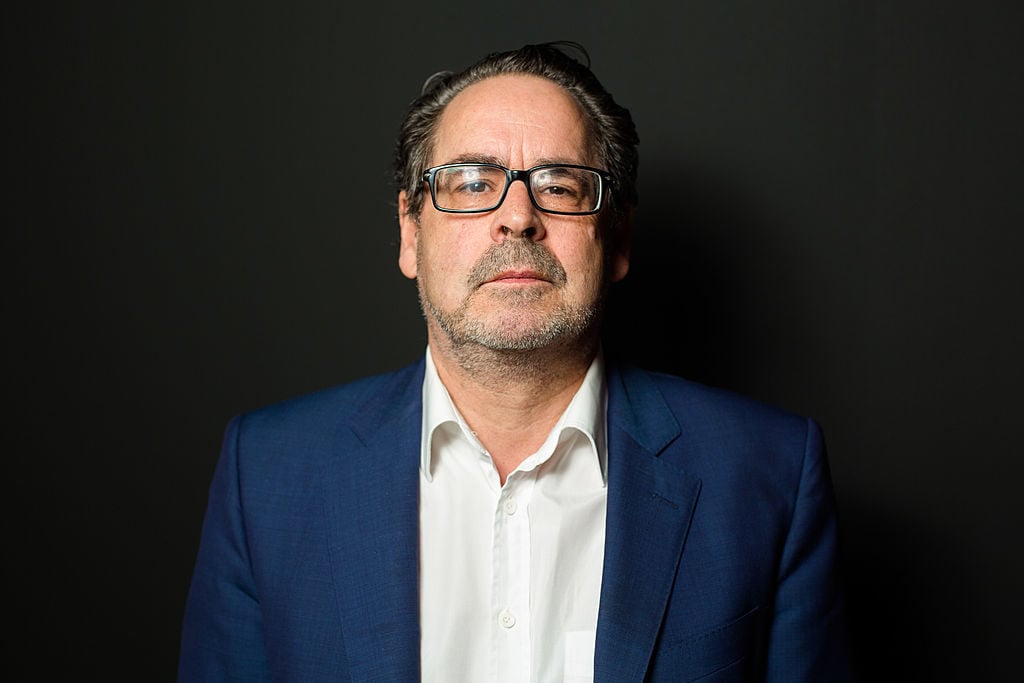People
After 12 Years in Charge of Berlin’s Top Art Museums, Power Director Udo Kittelmann Is Stepping Down
The director has raised the international profile of the city's most prestigious museums while continuing to organize big exhibitions.

The director has raised the international profile of the city's most prestigious museums while continuing to organize big exhibitions.

Kate Brown

After 12 years at the helm of Berlin’s top museum group, Udo Kittelmann has announced that he is stepping down next year. One of the most influential museum leaders in Europe, Kittelmann is credited with making the state museum galleries into bigger players on the international stage. Unusual for a director overseeing five institutions, he has continued to curate high-profile exhibitions in Berlin and beyond.
“Udo Kittelmann has made the Nationalgalerie a global player both nationally and internationally,” said the president of the Prussian Cultural Heritage Foundation, Hermann Parzinger, in a statement. “His extraordinary curatorial skills, his passion for art, and his unmistakable sense for interesting positions will certainly continue to amaze us in other places,” Parzinger predicted. Kittelmann’s work “will last beyond the day of his farewell,” he added.
Kittelmann has not revealed why he has decided to leave when his current contract expires at the end of October, 2020. After Kittleman steps down, Joachim Jäger will take over the interim management of Berlin’s state art museums until a successor is found.
As the director of the Nationalgalerie, Staatliche Museen zu Berlin, Kittelmann is in charge of the most prestigious state art museums in the German capital: the Alte Nationalgalerie (Old National Gallery), Neue Nationalgalerie (New National Gallery), the Hamburger Bahnhof, the Museum für Gegenwart – Berlin, which is a museum for contemporary art housed in a former railway station, plus the Berggruen Museum, the Sammlung Scharf-Gerstenberg (Scharf-Gerstenberg Collection), as well as the Friedrichswerdersche Church.
Born in Dusseldorf in 1958, Kittelmann got his start as a curator in the late 1980s, after a brief stint as an optician. From 1994 to 2001, he was the director of the Kunstverein in Cologne. He was the curator of the German Pavilion at the 2001 Venice Biennale when the artist Gregor Schneider’s “Totes Haus Ur” (Dead House) won the Golden Lion prize. Before moving to Berlin in 2008, Kittelmann was the director of the prestigious Museum für Moderne Kunst in Frankfurt am Main.
Since 2015, he has also been overseeing the estimated €101 million ($112 million) renovation of the Mies van der Rohe-designed Neue Nationalgalerie by the British architect David Chipperfield. The project is due to be completed in 2020. It is unclear whether this will be before or after Kittelmann’s departure.
Kittelmann’s time at the Nationalgalerie has also been marked by unconventional exhibitions. His list of accomplishments includes the group show “Hello World. Revising a Collection,” which signaled a departure from the Nationalgalerie’s predominantly Western focus. Last year, he organized a Mary Heilmann and David Reed exhibition at the Hamburger Bahnhof, featuring the artists’ paintings paired directly side-by-side. “He makes art out of other people’s art because his curatorial moves are really things that we wouldn’t have thought of,” Mary Heilmann said of Kittelmann, according to Art Review.
This year, Kittelmann organized a Rudolf Stingel survey as a guest curator at the Fondation Beyeler near Basel, which runs through to October 10.
The Hamburger Bahnof’s current exhibition “Emil Nolde. A German Legend. The Artist during the Nazi Regime” has been a popular and critical success. The revisionist take on the German painter, whose work was condemned as “degenerate” by the Nazis, acknowledges how after World War II Nolde successfully played down his early support of National Socialism.